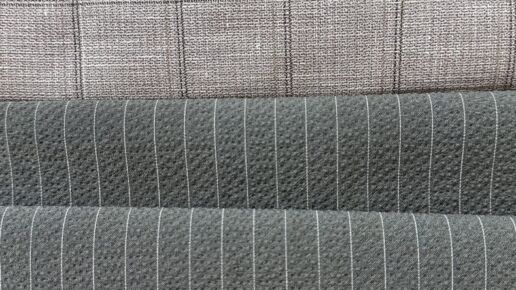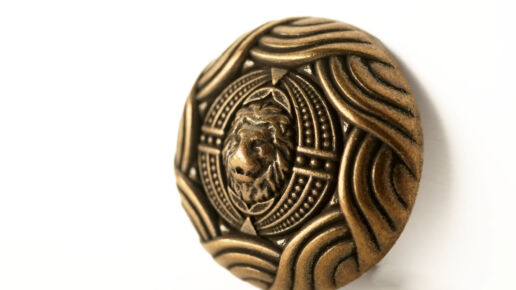Using existing resources and creating something new from them: What if you didn’t dispose of the leftovers of freshly squeezed juice – but could create a new material from it? Germany is at the forefront of apple juice consumption, producing up to 200,000 tonnes of pomace per year, solid residues from the pressing process. Instead of reusing them, as has been the case up to now, mainly in biogas plants, for pectin extraction or as animal feed, textile and surface designer Verena Brom has been inspired to develop new material systems for various industries.
The designer studied at the Weißensee Art Academy in Berlin. In the project “A Matter of Fruit“, she produces various biodegradable films from pomace residues that can be used instead of synthetic material. Visually and characteristically, it can be classified as a paper, plastic or leather alternative, depending on its thickness, and offers potential for different areas of application – from interior design to the clothing industry. The material is suitable for laser cutting and engraving, but due to its fusibility it can also be welded or pressed into shape. In addition to the films, Verena Brom has developed a printing paste made from apple pomace that further expands the material’s design possibilities and areas of application.
After the first cycle of use, the material can be returned to the natural loop: For example, it can be turned into a plant pot that biologically decomposes after being potted into the soil. This brings Verena Brohm closer to her goal of using renewable resources – such as the by-products of the food industry – and to use design as a tool to optimise material cycles.
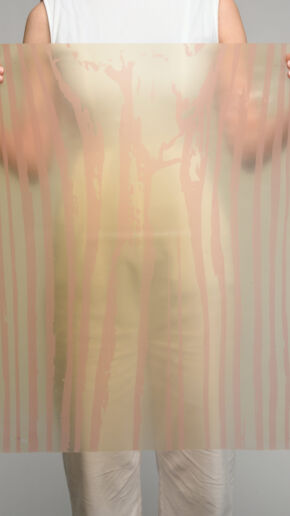
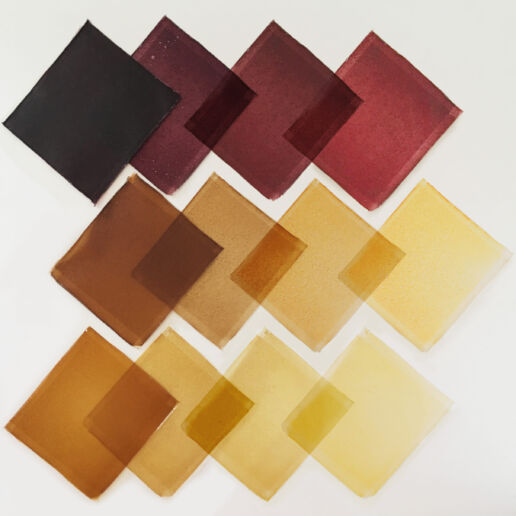
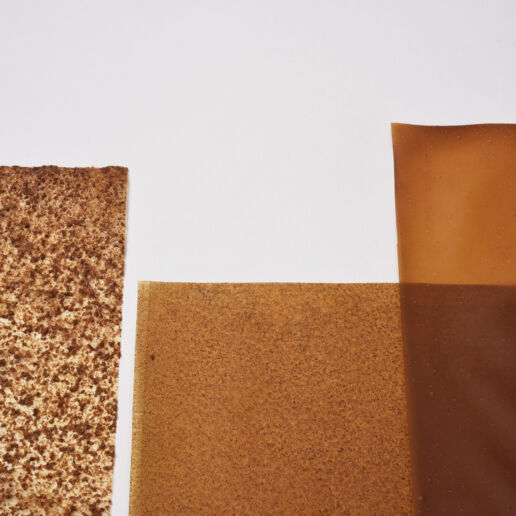
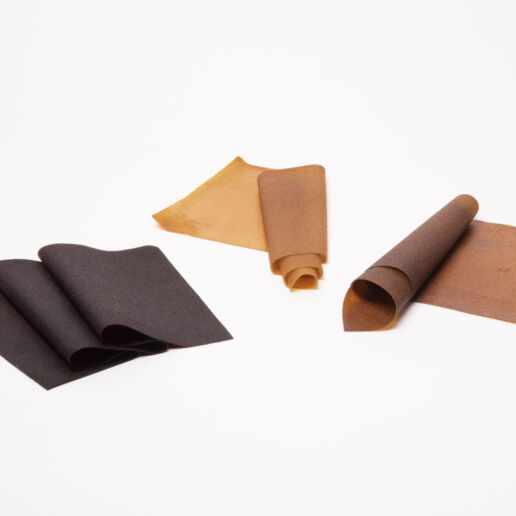
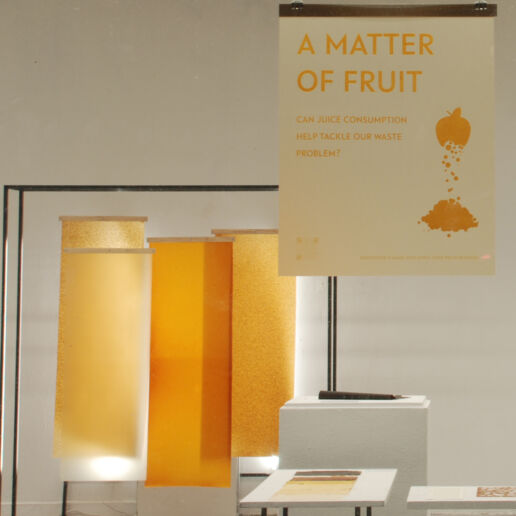
“When developing the material, it was important to use as few additives as possible – and to push boundaries:
how can different properties be developed solely through different processing methods? Using different techniques can expand the
scope for design and influences the haptic and translucency of the material:
from smooth to abrasive, from transparent to opaque – a big variety of options are possible without loosing the mono-materiality.“
———————————————————————–
THIS MIGHT BE ALSO INTERESTING FOR YOU:
BLUEZONE Signature Spring.Summer 25 – Part III
23. April 2024
The aim is to showcase not only the Japanese heritage ofthe ancient hand-stitch technique but also to raise awareness about the significance of repairing and repurposing clothing.
Fabric Trends Spring.Summer 25 – Part VI
18. April 2024
With a rich legacy and a focus on sustainability, they offer a diverse range of ecofriendly fabrics like Modal, Tencel, Linen, Organic and Regenagri Cotton. Their commitment to quality meets the latest fashion trends through innovative designs.
The latest accessory developments for Spring.Summer 25 – Part III
16. April 2024
With new recycled materials and innovative dyeing techniques, they create environmentally friendly designs. Organic polyester gives additional sustainability, while customised designs emphasise personal style.



